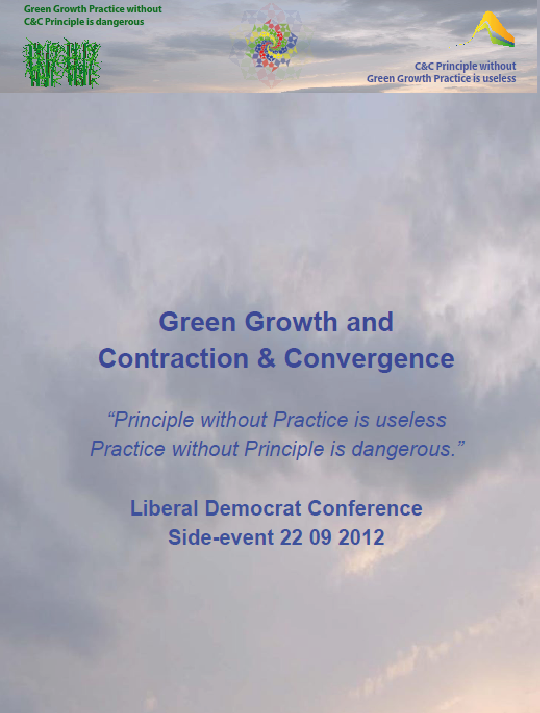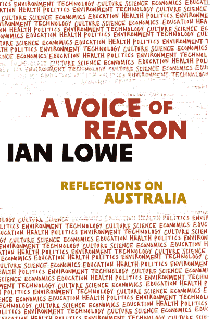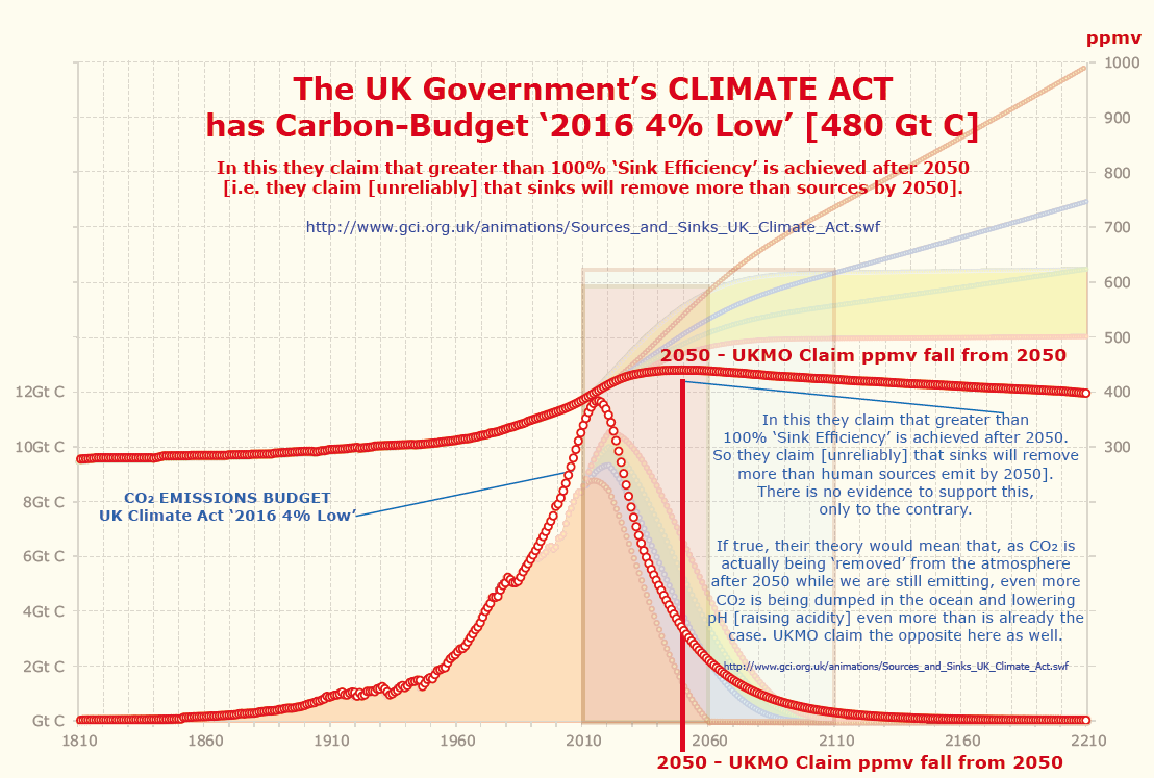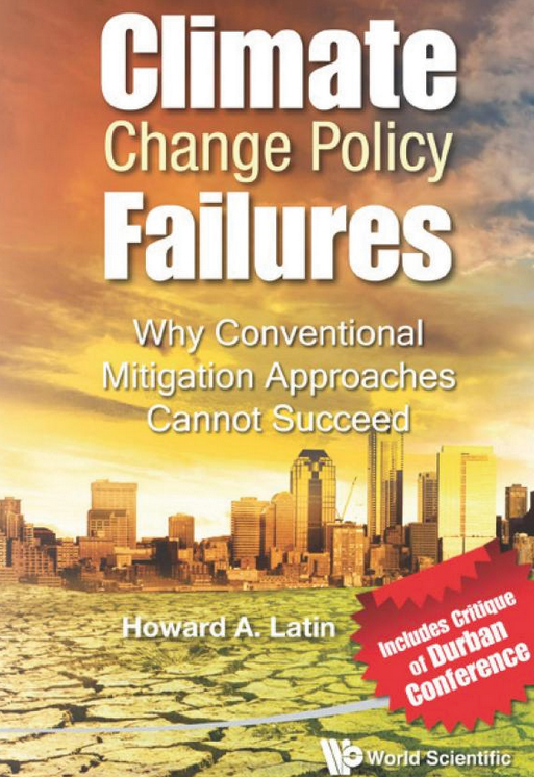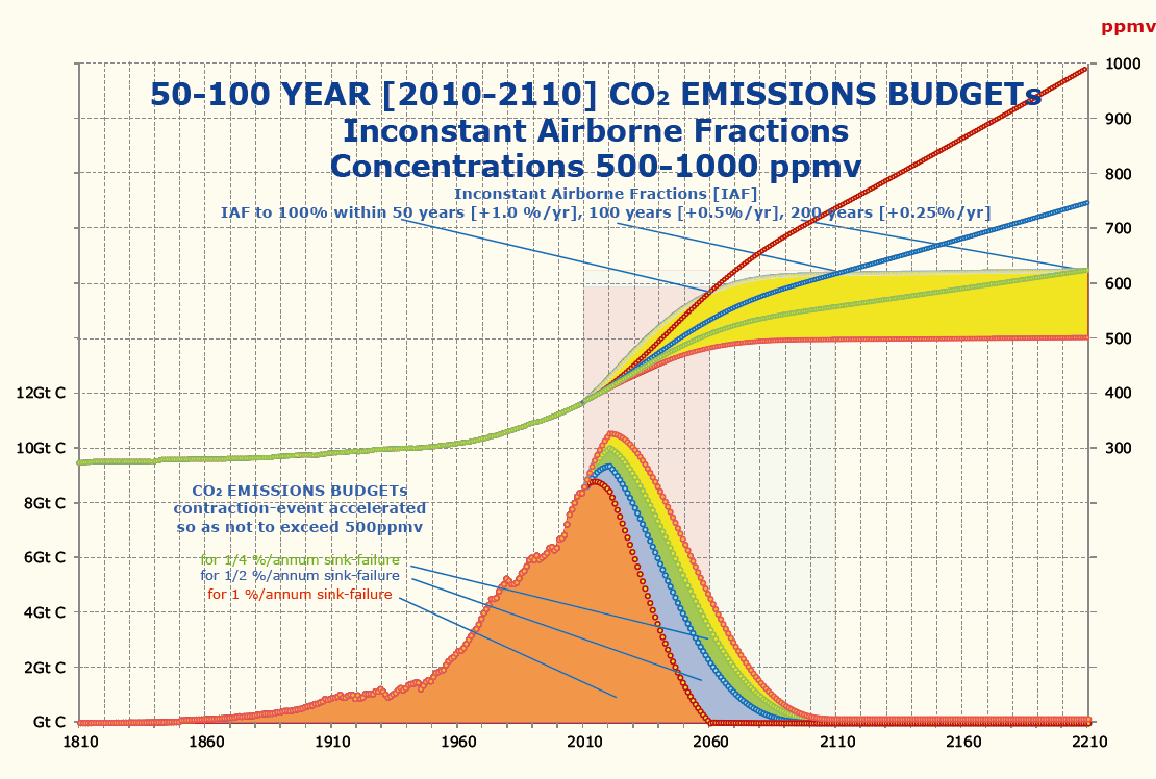Both GHG emissions TO the atmosphere and GHG concentrations accumulating IN the atmosphere are on acceleration curves. A detailed analysis is being developed here
This is like driving at speed and what the 'Learner Driving Centres' [LDCs] call the killing zone. [You could even read LDC as Less Developed Countries].
This is what LDCs say - the 'killing zone' increases with speed. It should sound familiar [only the arena and the scale of mortality is bigger]. It obviously increases progressively faster when accelerating.
You might ask why so little being done? It becomes more and more like accelerating into the killing field of climate change or 'blue-shifting' them onto us.
"Hazard perception is all about giving yourself time to react so that you can take or plan appropriate defensive action well before any actual danger materialises. If you doubt the need to do this and you feel that it is sufficient to rely on your reactions alone think again.
Even if you had lightening fast reactions you couldn't physically stop a car in fewer car lengths than those shown. These distances assume you need no thinking time and can instantly apply the brakes as a child, or indeed other pedestrian, runs out in front of you. Note how the distance it takes for the car to stop grows disproportionately to the speed. Therefore even though you only double your speed from 30 MPH to 60 MPH your braking distance almost quadruples from 14 metres to 55 metres.
You could call this braking distance in front of you your impact zone. Anything that enters this zone will be hit. Indeed if you are travelling at 40 MPH or more you could call this area your killing zone because anyone that enters this area will most likely be killed. Very few people survive if a vehicle travelling at 40 MPH or more hits them.
This clearly demonstrates the importance of anticipating what might happen and acting upon that rather than waiting until it actually happens. As you will see good hazard perception combined with defensive driving will help to keep you and other road users safe."
22 September 2012 - Text of GCI presentation to Liberal Democrat Conference session with SoS Vince Cable
A global deal must be struck by 2015. In 2009 the House of Commons Environmental Audit Committee [EAC] told Adair Turner that C&C is necessary to organise and communicate clearly the enormity of what has to be achieved.The Liberal Democrats and the Green Party have had C&C in their manifestos for some years. Nick Clegg and Chris Huhne support C&C and Vince Cable, along with both the chairs of the EAC and the DECC committee, have also signed support for the C&C proposal to the UNFCCC. Many others here and abroad have done this too. An all-party group of MPs supported all this before the last election. There is much support in other UK parties and beyond.
The Greens and the Liberal Democrats together can be champions and potential leaders of this approach in the UK and their coalition on this needs to be overt and grow. It can lead a mission to formally make C&C the basis of the global deal struck in 2015 at COP-21.
With this, we all – in this generation and in the generations to come – will need to work constantly to be both the generators of and the beneficiaries of success with this. This means working to bring green growth out of doing enough, soon enough, to avoid the dangerous rates of climate change that befall us if we don’t.
Some have already surrendered and shied away from this saying: - ‘que será, será, the future’s not ours to see’.
I say, ‘don’t surrender’. The battle has begun and we can see the future.
We must unite and fight for C&C as our future depends on it.If you still ask, que será, será?
I answer, the future is C&C.
19 September 2012 - Lib Dem Conference-event: Vince Cable [Bus. Secretary] Aubrey Meyer & Natalie BennettA free-ranging discussion to inspire ideas to make Liberal Democrat economic policy even more ambitious in progressing the sustainability agenda.
Presented by the Green Liberal Democrats
Saturday 22 September 2012
20:15 to 21:30 The Albert Room
The Grand Hotel
BrightonChair: Steve Bradley (Green Liberal Democrats Chair)
Speakers Vince Cable UK Secretary of State for Business Innovation and Skills since 2010.
He served as Chief Economist for the oil company Shell from 1995 to 1997 Cable lectured for a time at the University of Glasgow and was a Visiting Research Fellow at the Centre for the Study of Global Governance at the London School of Economics. Cable is credited by some with prescience of the global financial crisis of 2007-2010 (did it end? - ed). As Lib Dem Shadow Chancellor of the Exchequer, June 2009 - "Long-term thinking is difficult in the current political crisis, when most politicians are obsessed by tomorrow's headlines,...but our future as a country depends much more on our ability to plan ahead for the next oil shock and the post-oil world."Aubrey Meyer An author, climate campaigner and composer.
He is also a former member of the Green Party. He co-founded the Global Commons Institute in 1990. At the request of the Intergovernmental Panel on Climate Change (IPCC) in 1992, Meyer conceived and presented his analysis of ‘The Unequal Use of the Global Commons’ to the Policy Working Group of the IPCC. In 2008 a cross party group of British MPs nominated Meyer for the 2008 Nobel Peace Prize C&C is the most widely cited and arguably the most widely supported proposal for UNFCCC-compliance in play and many people believe C&C will yet prove to be the overarching principle that is adopted and that allows all nations to find common ground on how to achieve 'climate-justice without vengeance' and avert climate chaos.Natalie Bennett Born in Sydney, Australia, she is the leader of the Green Party of England and Wales.
She was editor of The Guardian Weekly from December 2007 until March 2012. She has degrees in Agricultural Science and Asian studies and a Masters in Mass Communication. She founded the Green Party Women's Group and has stood for both Parliament and the London Assembly. Following her election as Green party leader Bennett told a press conference that the policies of the Green Party were "the only viable way forward for British people, for the world"17 September 2012 - "Voluntary C&C has been mooted. How do we convince the rich to do with less." Renew
Green on the water
Built for and by the community: A wind farm in WA When his low-footprint catamaran (described in ReNew 120) was finally ready, Geoff Chia was unable to move aboard due to shore-based commitments. Instead, he asked Stef Palmer to boatsit for a few months. She gives us a ‘liveaboard’ report.
We are facing a mounting number of global challenges: resource depletion (especially petroleum), climate change, ecosystem damage and over-population. These problems are largely attributable to our over-consumption and wasteful habits. By some reckonings we would require the resources of between four and eight planet Earths if developing countries were to reach our current rate of over-consumption. Such an outcome is clearly impossible. As a result, enforced energy descent looms before us as an increasing threat to the world economy and to world peace.The concept of voluntary contraction and convergence has been mooted as an equitable means of distributing Earth’s increasingly scarce resources. But how do we convince the rich world to make do with less? One way is to demonstrate the viability of pursuing a low-footprint lifestyle without compromising quality of life.
I embarked on the adventure of living aboard Geoff Chia’s Mahe 36 to help test and refine the boat’s systems for sustainable living. The past few months have been a crash course in sustainable technology and the logistics of living aboard. It’s been eye-opening and exciting for me, and I share my observations and experiences in the hope that these may inspire others to strive for a comfortable low-consumption lifestyle, whether on land or water.
12 September 2012 - "C&C the only mechanism providing a potentially viable solution." Prof Ian Lowe Griffiths UniDear Aubrey
I strongly support Contraction and convergence.
It is the only mechanism which combines environmental responsibility with social justice to provide a potentially viable solution to the problem of global climate change.
Best wishes
Ian Lowe
Emeritus Professor of Science, Technology and Society, Griffith University
President, Australian Conservation Foundation
The Earth Charter Initiative is a broad-based, voluntary, diverse, global network of people, organisations and institutions which participates in promoting and implementing the values and principles of the Earth Charter. Members include leading international institutions, cational governments and their agencies university associations, non-government organisations and community-based groups, city governments, faith groups, schools and businesses as well as thousands of individuals. The Earth Charter embodies the fundamental principles of a new global ethics under four broad headings: I) respect and care for the community of life; 2) ecological integrity; 3) social and economic justice; and 4) democracy, non-violence and peace. Australian environmental groups have worked strongly for decades on the first two of these. There is now an increasing recognition that solving the complex problems we face demands an integrated approach. Solutions to our environmental problems will not be socially and politically sustainable unless they are based on social and economic justice. This is most obviously true of climate change, which can only he solved if the developed nations accept their responsibility for causing the problem as well as accepting the legitimate demands of poorer countries to improve their material wellbeing. These principles lead inexorably to a 'contract and converge’ model in which the Earth's capacity to absorb carbon dioxide is much more equitably allocated.
Voice of Reason,
Ian Lowe07 September 2012 - Context for UKMO's wild claims about future rates of 'sink efficiency'.
The UK Government’s CLIMATE ACT has Carbon-Budget ‘2016 4% Low’ [480 Gt C].In this scenario they claim that greater than 100% ‘Sink Efficiency’ is achieved after 2050. In other words, they claim [unreliably] that sinks will remove more than sources by 2050 orthat sinks will remove more than human sources emit by 2050.
If true, their theory would mean that, as CO2 is actually being ‘removed’ from the atmosphere after 2050 while we are still emitting, and that even more CO2 is being dumped in the ocean and lowering pH [raising acidity] even more than is already the case.
UKMO claim the opposite here as well - see and here - and simply refuse discussion of these obviously wild claims.
There is no evidence to support UKMO's theory. There is only evidence to the contrary.
07 September 2012 - 'Climate Change Policy Failures' Howard A Latin
Some academicians and other intellectuals in a few Northern states have advocated a similar radical strategy entitled "contraction and convergence" (C&C). Under this conception, which has been tentatively enacted into British law but never implemented, the wealthy Northern countries would agree to contract their economies and reduce their GHG pollution discharges progressively until they reach a point at which the per capita GHG emissions of all nations have converged, Because of the increasing population disparities between the South and North, the affluent Northern nations would have to reduce their economic activities and GHG emissions drastically to come anywhere close to enabling a worldwide convergence of economic productivity, resources exploitation and GHG discharges consistent with the C&C vision .This is another unrealistically static position in a dynamically changing world because even if the Northern states were able and willing to achieve this radical convergence in the next 20 years or so, the rapidly expanding population and rising aspirations in Southern countries would require a constantly increasing proportion of economic opportunities and per capita GHG discharges rights that the convergence process is supposed to provide, but never will in reality.
The "C&C" conception is only a little less extreme than the "carbon space idea because it would require international parity in per capita GHG emissions and substantial redistributions of wealth. It is not easy to imagine any American politician telling voters that they must reduce their economic activities and wealth by approximately 90% or more to achieve a convergence with newly uplifted economic and social conditions in dozens of the world's most impoverished countries.
Any promise of "equality of economic results" is also incompatible with the basic capitalist economic philosophy, adopted to one degree or another by all Northern societies, which doubtless has not escaped the notice of proponents of these sweeping redistributive conceptions. The critical issue here is whether these schemes are politically and economically viable in the North, which does not seem at all plausible to me.
Climate Change Policy Failures
Professor Howard A Latin
07 September 2012 - Carbon-Budgeting against risk of future 'sink-failure'.
Carbon-Budget-Accounting.
The natural sinks for CO2 [oceans forests] may be overwhelmed in future due to 'positive feedback' from the generally increasing warming trend.Historically, just under 50% of the human emissions of CO2 to the atmosphere [due to the burning of Oil, Coal, Gas and Forests] have been retained there, increasing the concentration over time. The increasing balance has been returned to the 'natural' terrestrial and oceanic sinks [i.e. not the mines] that have been increasing in response.
However, this response may not continue and sinks may decrease as warming and acidifcation of the oceans increase.
The exercise being developed here does carbon-budgeting so as to keep the future concentration value constant [in this example at 500 ppmv] by shrinking the future carbon-emissions-budgets proportionate to future possible rates of 'sink-failure' at: -
[a] 0.25 % per annum - carbon-budget 430 Gt C [i.e. 500 less 70 Gt C]
[b] 0.50 % per annum - carbon-budget 350 Gt C [i.e. 500 less 150 Gt C]
[c] 1.00 % per annum - carbon-budget 240 Gt C [i.e. 500 less 260 Gt C]While the general aim of climate negotiations is to limit the rate of climate change the specific objective of the UNFCCC is to achieve safe and stable GHG concentration in the future global atmosphere. Above all this entails emissions control. It is therefore more appropriate to analyse future risk on this basis, if UNFCCC-compliance is an objective we intend to meet.
A model to adjust future carbon-budgets against any chosen future concentration values is being developed. This includes emissions and concentrations data reported to 2010 and will be included in the next version of the four domains model: -
- contraction:concentrations [risk analysis for UNFCCC compliance]
- contraction:convergence [constitutional basis of UNFCCC compliance]
- contraction:conversion [solar sunrise agenda]
- damages and growth [the necessity of solving the problem faster than we make it].
This will be available in due course for use by the parties at, and the scrutineers of, the UNFCCC negotiations.
06 September 2012 - Trailer for "Chasing Ice" Ice-Melt on film as never seen before [screens in November].06 September 2012 - "Stopping Climate Catastrophe - Kyoto must be superseded by C&C." INDIA NewsX
Stopping Climate Catastrophe
If humanity is to steer clear of a similar fate, global greenhouse gas emissions must be brought down to amongst 60 and 80 per cent below current levels-precisely the reverse of emissions forecasts lately made by the International Energy Agency. A good begin will be the ratification and speedy implementation of the Kyoto Protocol, which ought to be superseded following the following decade by the “contraction and convergence” model proposed by the Global Commons Institute in London, allocating equal per-person emissions rights amongst each of the world’s nations.


